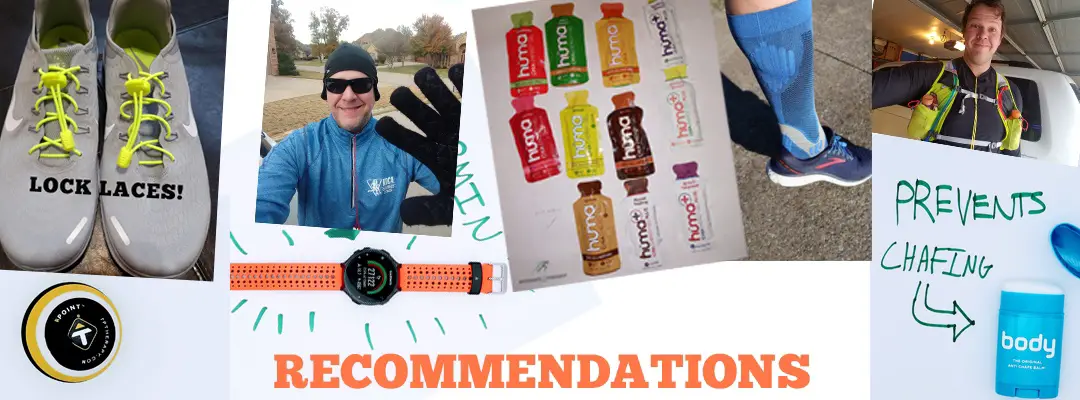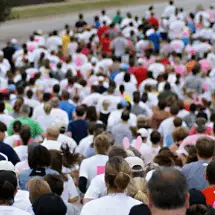The Importance of Running Race Corrals
What is a race corral?
At races, corrals group together runners based on their running history, expected pace, or estimated finish time. Corrals start the race in waves, allowing faster runners to begin ahead of slower participants which relieve overall race bottlenecking and allows for smoother runner traffic flow.
Although some corral setups can get a bit confusing, this article will break them down to help you avoid violating runners’ etiquette at your next race.
Why do some races have corrals and others don’t?
While smaller races don’t usually have corrals, most large races do due to the sheer number of participants. As races grow in popularity, their organizers often implement a corral system to help manage the growing number of people on the course.
What are the benefits of using corrals in races?
By allowing faster participants to start ahead of slower ones, corrals reduce congestion at the beginning of the race. With corrals, faster runners do not need to waste valuable time and energy weaving around slower participants.
While faster runners seem to appreciate it the most, this lack of congestion can improve the time of all participants in the race.
What are the drawbacks of using corrals in races?
Some people feel that using corrals changes the character and nature of the race since not all participants start the race simultaneously. With minutes between each corrals’ starting time, in races with many corrals, some participants start the race hours after the first corral did.
Because slower participants start later than faster ones, they spend more time both on the race itself and on waiting for the race to begin. This extra time spent also means more time relying on portable restrooms and milling around in a crowd, which may disincentivize participation.
What are the rules for runners when it comes to corrals?
For many races, the organizers will determine your corral for you. They will do this based on your prior race history or a self-reported pace given at registration.
In many cases, if you want to start in a slower corral than your assigned corral, race organizers will allow you to do so.
Some races have informal corrals where participants choose their corral on race day instead of being assigned one. Signs displaying the expected running time for each corral typically demarcate the corrals.
With informal corrals, each participant is expected to know their own pace and choose their corral accordingly, which sometimes introduces issues with runners in the wrong corral.
Related: What Are The Rules For Running in The Park, Trails, Tracks, Roads, and Races?
Why do runners line up in the wrong corral?
Many new runners line up in the wrong corral because they are unfamiliar with how corrals work or may not understand runners’ etiquette.
Some runners end up in the wrong corral due to confidence issues. Those with low self-confidence may place themselves in a slower corral, while overly confident runners may overestimate their abilities and place themselves higher.
How to choose the right race corral?
Looking at your previous race history or your training records for similar distances should allow you to form an accurate estimate of your pace for the race. Don’t be afraid to make adjustments based on changes in your performance as the race approaches.
Some races will penalize runners who started in higher corrals but finished later than expected, like the Broad Street Run in Philadelphia. If you intend to run with a slower friend, then both of you should start in the corral appropriate to the slower runner’s abilities.
If you are on the cusp of a corral’s cut-off point, starting at the front of the slower corral will keep you out of faster runners’ way and allow you to start off passing slower runners.
I’m a fast runner is it ok to start in the slowest corral?
Yes. It is generally accepted for faster runners to move into slower corrals, especially if they plan on matching that corral’s pace.
How can I find my corral assignment?
Organizers may tell you your assigned corral ahead of time. Otherwise, you will learn the day of the race, where your bib may indicate it by number or color.
Related: How To Attach A Race Bib Without Safety Pins
Who is in my corral?
Your corral should correspond to the pace you intend to and are capable of running the race. Assuming you are in the correct corral, the other members of your corral should be capable of running the race at the same pace as you.
Do running pacers get assigned to corrals as well?
Pacers may be assigned to the corrals to help keep runners on pace. They run the course fast enough to finish the race in the time expected for their corral and serve as a valuable reference to other runners in their corral.
Related: What do pacers help you with during a running race?
Do races physically check your running history for past race pace and finish times?
Larger and more serious races will likely require proof of your running record.
What is a Preferred Start Corral?
Race participants can start in a Preferred Start Corral if they submit qualifying results from a prior race more than two weeks before the race. Otherwise, participants receive an Open Start Corral assignment based on their self-reported pace per mile.
Conclusion
Running race corrals benefit runners by preventing congestion during large races, but they work best when everyone understands them and picks the corral that best suits their needs and abilities.
Related: What To Expect Running Your First Half Marathon – Mile by Mile!
| Help support me and subscribe to my YouTube channel. YouTube video - 30 ways to make your runs less painful! Coach Scott's Credentials:
|
To sign up for a FREE half marathon training schedule, log sheet, and pace predictor CLICK HERE.

Recommended gear for runners
Connect with me:
| facebook.com/BeginnerToFinisher/ |
References

